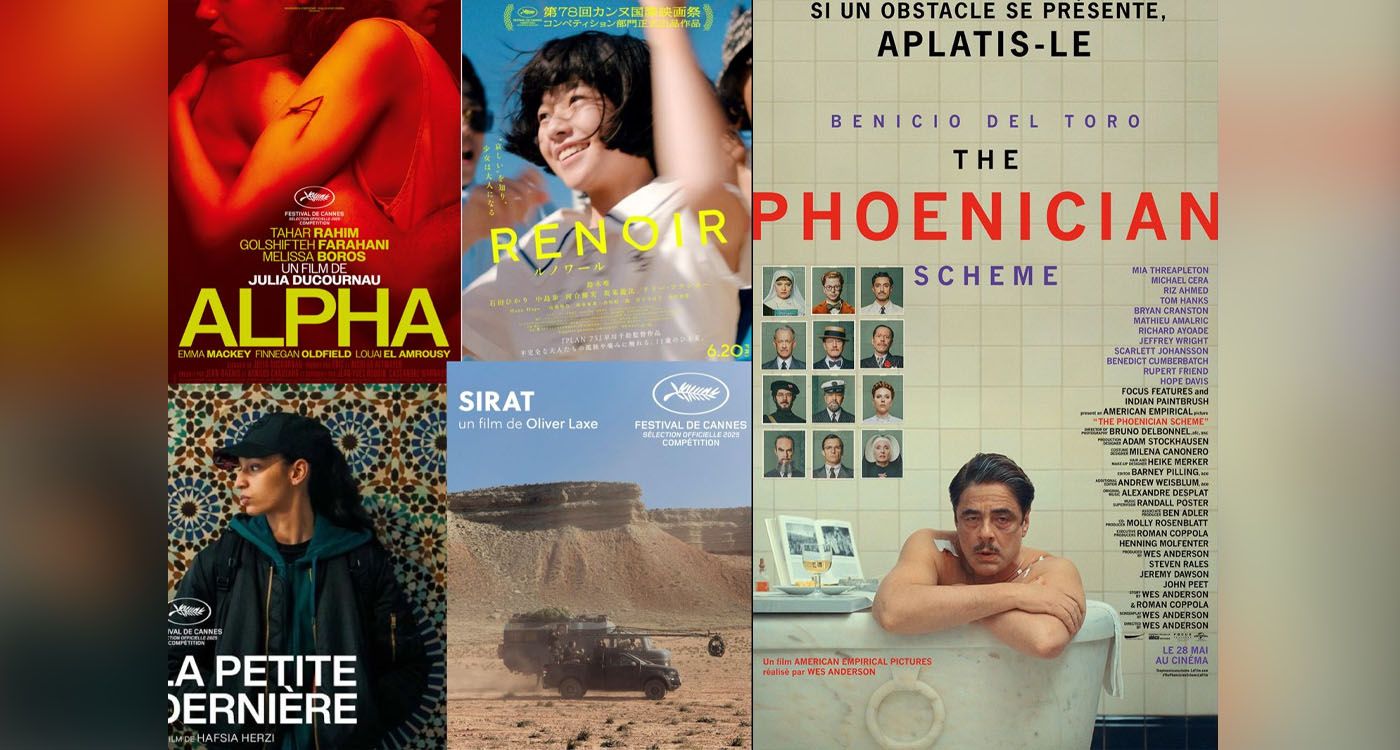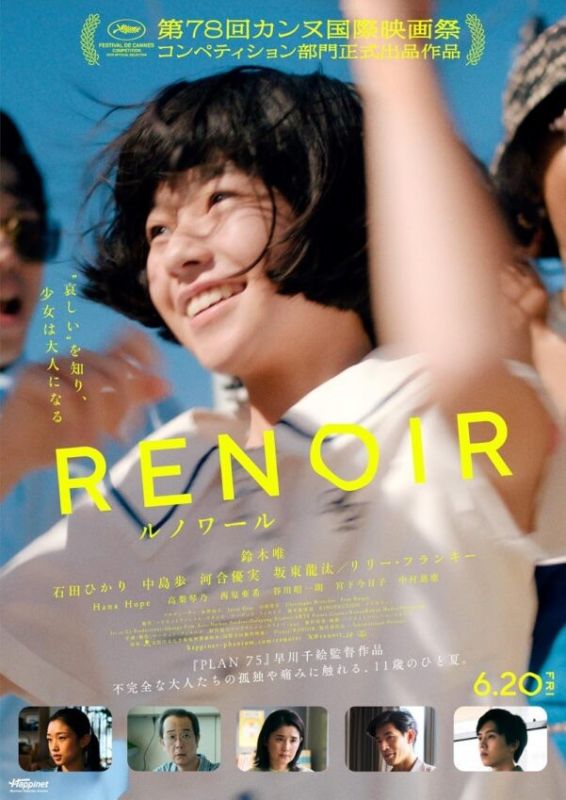
This year at Cannes, cinema isn't just about storytelling, it's about painting, too. Drawing on the legacy of the great masters, some films turn the screen into a living canvas, blending emotion with reflection.
Some films speak, others depict, but rare are those that feel like paintings. At Cannes 2025, two films in competition stand out for their deep connection to visual art: Renoir by Chie Hayakawa and The Phoenician Scheme by Wes Anderson. The first explores the intimate world of a young girl immersed in Impressionism. The second, more stylized, transforms each scene into a vivid, carefully composed burst of color. Two very different visions, united by a shared love of the image.
In Renoir, Japanese director Chie Hayakawa doesn’t focus on the painter Pierre-Auguste Renoir himself. Instead, the film follows Fuki, an 11-year-old girl whose father is seriously ill. To escape her harsh reality, Fuki immerses herself in an imaginary world inspired by Renoir’s luminous paintings and his delicate way of capturing life.

The poster of the film Renoir by Chie Hayakawa © DR
The film’s lighting, framing and camera capture the spirit of the painter’s work, with faces bathed in light and soft, warm backgrounds. Hideho Urata’s cinematography adds a poetic touch to every shot, while Rémi Boubal’s subtle, emotive score deepens the feeling of a waking dream.
This isn’t a film about painting, it’s one imbued with it. Painting isn’t the subject but a way of seeing, a way of feeling. Through the eyes of this child, Renoir becomes a means to endure fear and soften what’s hard to understand. Co-produced by France, Japan and the Philippines, the film touches the heart with its quiet simplicity and beauty.
Art Captured in the Frame
Wes Anderson is renowned for his strikingly visual style, with his films often compared to paintings. In The Phoenician Scheme, he pushes this approach even further. This quirky, offbeat spy thriller takes place in a meticulously crafted, fictional universe. Anderson draws on painters like Edward Hopper and Grant Wood to design his sets and craft each scene.
Each shot is a carefully composed still image. Characters remain consistently centered in the frame, colors burst with intensity and lines are cut clean and straight. Cinematographer Bruno Delbonnel’s precision is striking, while Alexandre Desplat’s score amplifies the film’s unique atmosphere. At times, you feel as if you’re walking through an art gallery, where characters barely move within sets too perfect to be real.
But beneath this meticulously crafted surface, Anderson tells a deeper story. He uses painting to create distance and spark reflection. Why does everything feel frozen? Why are these faces so calm? Because behind these beautiful images lie doubts, secrets and questions.
This visual choice deepens the film’s unsettling tone. As in certain paintings, what disturbs isn’t always the visible, but the hidden. The overly pristine, unnervingly calm frame suggests something deeper, a world trying to hide what it refuses to admit.

At Cannes, some films are infused with painting. © DR
This creative use of painting to enhance film isn’t exclusive to Wes Anderson or Chie Hayakawa. Several other entries at Cannes this year follow a similar approach. Hafsia Herzi’s La Petite Dernière, for example, emphasizes natural light, with scenes that evoke the soft, intimate works of Berthe Morisot. Oliver Laxe’s Sirat embraces the warm, dusty hues of Morocco, creating images that feel almost spiritual. Even Julia Ducournau’s Alpha, although modern in style, at times echoes expressionist portraits, with faces shaped by raw emotion.
What stands out is that more filmmakers are choosing to carefully compose their images. They’re not just filming to show something, but to create a mood. Painting serves as inspiration and a visual compass, and that influence shines through.
Against the fast pace of social media and binge-watching culture, these films offer something different. They invite us to truly look, to pause and reflect. Painting becomes a form of resistance to the rush, a way back to what matters most: the beauty of an image, the light on a face.
This renewed embrace of painting in cinema highlights how the arts inspire and feed off one another. Like painting, film can stir powerful emotions without uttering a single word.
This year at Cannes, cinema reveals it’s not just about dialogue and narrative. It’s also about vision. When that vision takes on the role of a painter, the screen transforms into a canvas, and the story becomes a fully sensory experience.





Comments